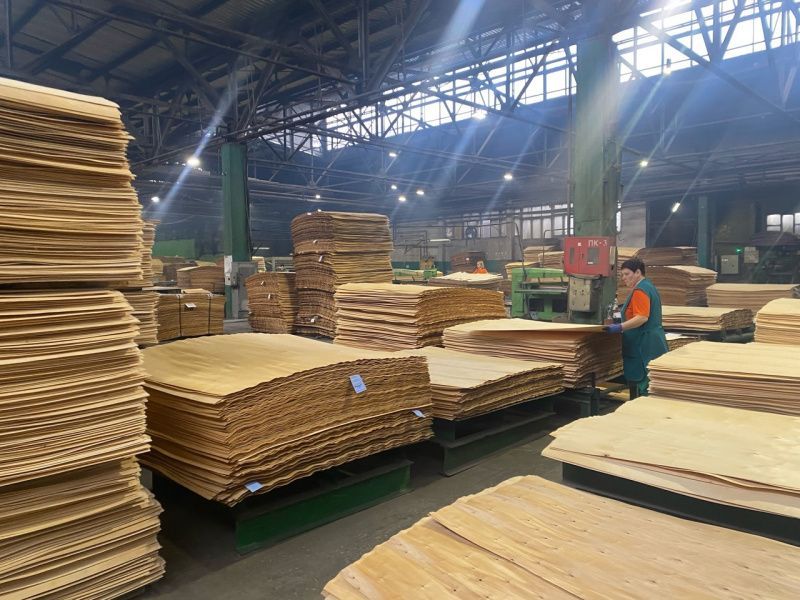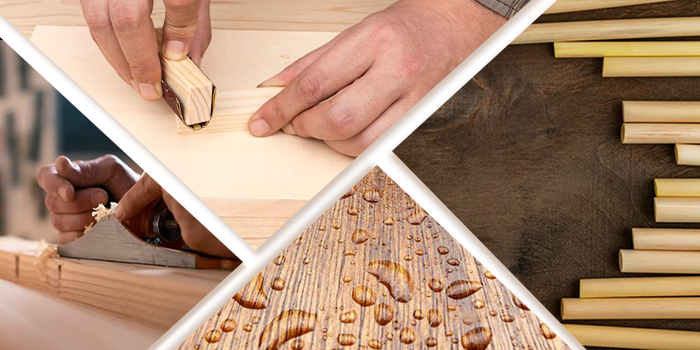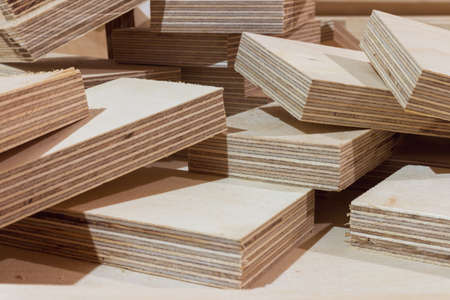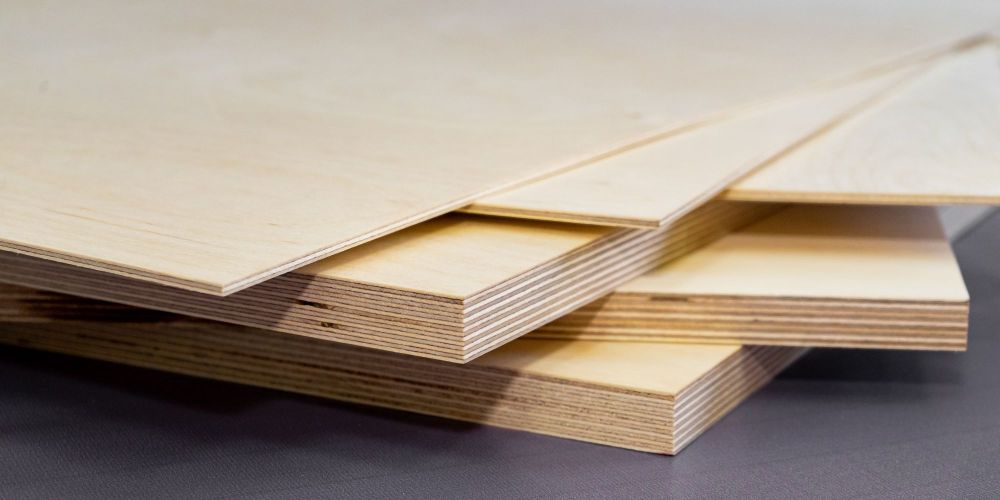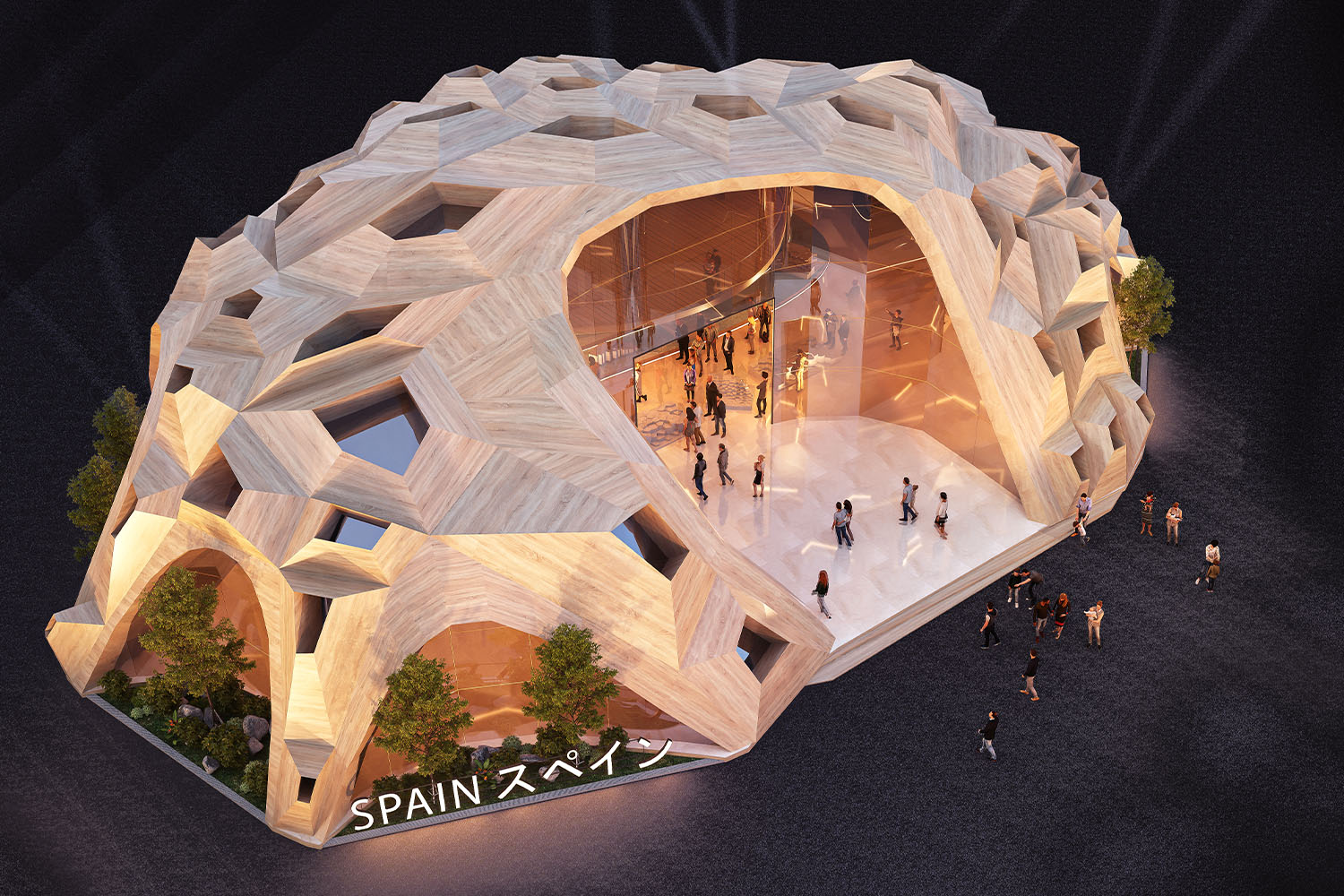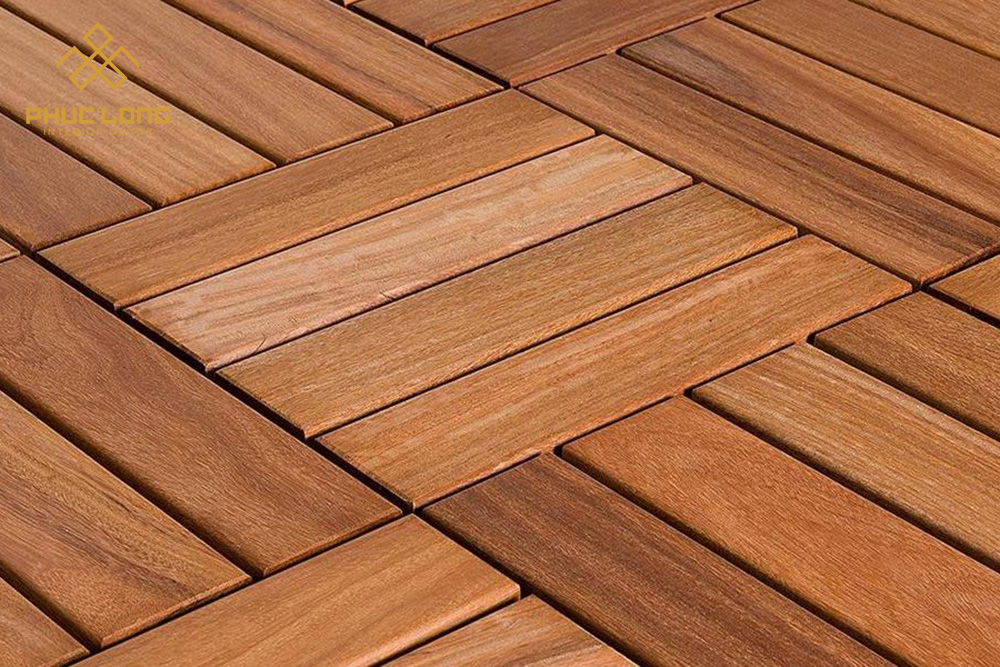Plywood is an essential material in modern construction and furniture manufacturing. Known for its strength, versatility, and eco-friendliness, veneered wood is taking the global market by storm. Especially in Vietnam, the production process has reached new heights of innovation, ensuring top-quality veneered wood products that are both sustainable and affordable. In this article, we will walk you through the detailed production process in Vietnam and highlight its numerous benefits.
What is Plywood, and Why Is It So Important?
Plywood is an engineered wood product made by layering thin sheets of wood veneer and bonding them together with strong adhesive under heat and pressure. The grain of each layer is alternated, giving engineered wood exceptional strength, durability, and resistance to warping. Vietnam is one of the leading exporters of high-quality engineered wood, known for its environmentally friendly production process that reduces deforestation.
1. The Initial Step: Harvesting Raw Materials
The plywood production process begins with the careful selection of raw materials. In Vietnam, commonly used woods include pine, eucalyptus, and rubber trees. These trees are chosen for their durability, availability, and eco-friendly properties.
Why Wood Selection Matters:
- Quality Assurance: Only high-quality wood without defects is chosen to ensure that the finished engineered wood is strong and durable.
- Environmental Benefits: By using fast-growing trees like eucalyptus and rubber wood, the engineered wood process helps limit the impact on old-growth forests, promoting sustainable forestry.
After harvesting, the wood is cut into logs of suitable lengths, typically ranging from 1.2 to 2.5 meters, depending on engineered wood production requirements.
2. Peeling Veneer: How Logs Become Thin Wood Sheets
Once the raw materials are procured, the next step is peeling the logs to create veneer sheets for plywood. This process involves softening the wood to prevent cracks and ensure smoother peeling.
The Peeling Process:
- Wood Softening: The logs are soaked in water to increase flexibility. This is a crucial step, as it makes the wood easier to process without causing splits or damage.
- Veneer Peeling: The logs are placed into a specialized veneer peeling machine, which peels off thin layers of wood. These sheets, known as veneers, are used to form the multiple layers of plywood, usually between 0.6mm and 2mm in thickness.
3. Drying Veneer: Ensuring Durability
Once the veneers are peeled, they undergo drying to reduce moisture content. Properly dried wood is essential for making high-quality engineered wood.
Why Drying Matters:
- Moisture Reduction: The veneers are dried to a moisture content level of around 8% to 12%, preventing warping or degradation during later use.
- Kiln Drying: This process involves placing the veneers in large drying kilns, ensuring consistent and thorough drying to achieve the desired durability for engineered wood.
4. Quality Inspection: Sorting Veneer Sheets
Before the veneer sheets are layered together to make plywood, they must be sorted according to quality. This ensures that the best veneers are used for the outer layers, which will be visible, while lower-quality veneers are reserved for the inner layers.
Veneer Sorting Criteria:
- Surface Smoothness: Outer veneers should be smooth and free of defects for a polished plywood look.
- Strength: Stronger veneers are selected for areas that require greater structural integrity in the plywood.
5. Layering and Pressing: Creating Strong Plywood Panels
In this stage, the dried and sorted veneers are coated with adhesive and stacked in alternating grain directions. This layering technique is what gives engineered wood its renowned strength and resistance to splitting.
Pressing the Veneers:
- Hot Pressing: The layered veneers are placed in a hot press, where they are subjected to temperatures between 120°C to 140°C. High pressure is applied, bonding the layers firmly together to create plywood.
- Grain Alternation: By alternating the grain direction of each layer, plywood gains enhanced structural strength and durability.
6. Cutting and Surface Finishing: Perfecting the Product
After pressing, the veneered wood panels are cut to standard dimensions, usually 1.22m x 2.44m, making them suitable for various construction and furniture projects.
Final Finishing:
- Sanding: The surface of the veneered wood is sanded to ensure smoothness, making it ready for painting or varnishing.
- Customization: Some veneered wood sheets may undergo additional treatments, such as laminating or adding decorative finishes for specific applications.
7. Final Quality Check: Meeting International Standards
Before the plywood leaves the factory, it undergoes a rigorous quality inspection to ensure it meets both local and international standards. This involves checking for thickness consistency, surface quality, and durability.
Key Quality Standards:
- Thickness Accuracy: Ensuring the veneered wood boards maintain uniform thickness throughout.
- Surface Smoothness: The top layer of the veneered wood should be smooth and free from defects.
- Structural Integrity: Each veneered wood sheet is tested for strength to meet durability requirements.
Why Choose Vietnamese Plywood?
Vietnamese veneered wood is gaining global recognition not just for its quality but also for its environmentally responsible production process. By using sustainable wood sources and reducing reliance on traditional logging, Vietnam’s plywood industry plays a critical role in protecting the environment.
Environmental Benefits of Plywood:
- Eco-Friendly: Plywood uses fast-growing trees, which can be harvested and replaced much faster than hardwoods.
- Sustainable Production: The veneered wood process minimizes waste, and even the sawdust from production is used in biomass energy or other industries.
Additionally, the durability of veneered wood means that it lasts longer than other materials, reducing the need for frequent replacements and ultimately contributing to lower carbon emissions.
8. Applications of Plywood: A Versatile Material
Plywood’s strength, affordability, and versatility make it a highly sought-after material in multiple industries. Here are some of the most common uses of veneered wood:
Construction:
- Roofing and Flooring: Plywood is a cost-effective and durable option for roofing underlayment and subflooring.
- Framing: Sheets of veneered wood are often used for framing and wall paneling due to their ability to withstand heavy loads.
Furniture Manufacturing:
- Cabinets and Shelves: Plywood’s smooth surface and durability make it an excellent choice for cabinetry and shelving.
- Tables and Chairs: Furniture made from veneered wood combines strength with aesthetic appeal, offering an affordable yet stylish solution.
Decorative Uses:
- Interior Décor: Plywood can be used to create decorative wall panels, adding warmth and texture to any room.
- Crafts and DIY Projects: Its ease of cutting and shaping makes veneered wood a favorite material for DIY enthusiasts and crafters.
Conclusion: Plywood – The Eco-Friendly Solution for Modern Needs
Vietnam’s production process for veneered wood is not only about delivering a high-quality product but also about protecting our planet’s forests. By choosing plywood for your construction, furniture, or DIY projects, you’re not only opting for durability and versatility but also supporting eco-friendly and sustainable production practices.
Whether you need a material for building structures, crafting furniture, or working on home improvement projects, plywood from Vietnam offers an affordable, strong, and environmentally responsible choice. Make sure to source your plywood from reputable suppliers who ensure quality inspections, guaranteeing that your boards meet the highest standards.
Choose plywood for its durability, cost-effectiveness, and sustainable benefits—an investment that protects both your home and the environment.
You can read more articles by visiting our blog here.





